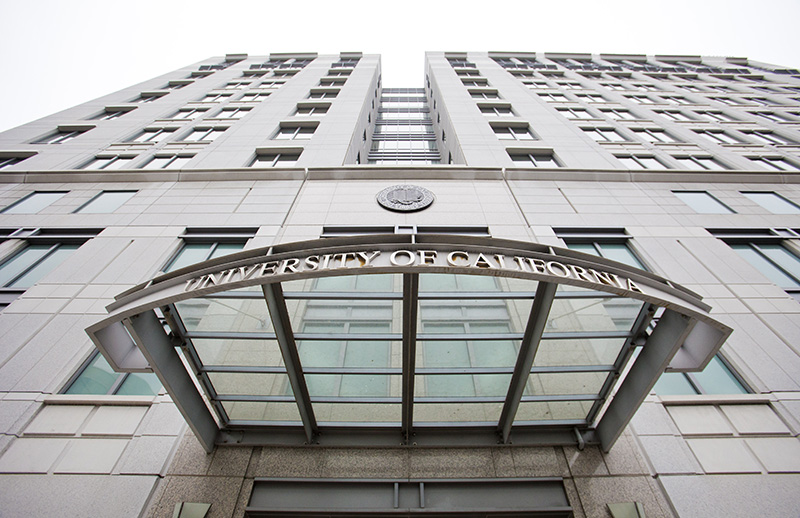Telescopes detected traces of light polarization in the cosmic background radiation that verify the theory about the expansion of space in the moments after the Big Bang.
UCSD scientists announced last month that they have proved the theory of inflation, which explains how the Big Bang occurred, through a unique collaboration between two major cosmological experiments.
UCSD is, so far, the only institution that has worked on both the Background Imaging of Cosmic Extragalactic Polarization and POLARBEAR experiments, whose findings together prove the theory.
Researchers announced that the BICEP2 telescope found traces of light that validate the theory of inflation on March 17. UCSD Associate Professor of Physics Brian Keating invented the first model of BICEP2, known as BICEP. Keating and his team of graduate students studying polarization of the cosmic microwave background — known as the oldest light in the universe — developed BICEP2, located in Antarctica. Keating’s team found the very specific light signature, which the inflation theory predicted would be present due to the expansion and ripple in the CMB during inflation. The light polarization appears as ripples and is caused by the heat left over from the Big Bang.
Dr. Jonathan Kaufman, who worked on the project as a graduate student, is a member of Keating’s team who helped to design, build, test and deploy BICEP2, according to a UCSD News Center report.
“We detected [the correlations] at a very bright level, so that was kind of surprising,” Kaufman said. “So that’s what all of this excitement is about; one, that we detected it at all because a lot of us, especially us on this small telescope, never thought it would really be detected.”
The team is also involved with another project known as POLARBEAR, an experiment that grew out of a collaboration between UC Berkeley and UCSD.
The experiment is located in Chile’s Atacama Desert at an altitude of 5,100 meters (approximately 17,500 feet) above sea level and is the world’s highest operating observatory. The findings from POLARBEAR confirmed that Einstein’s gravity predictions in his theory of general relativity hold true throughout the universe. A week later, the BICEP2 findings were made.
“We’re hoping to confirm or explore the findings of the BICEP experiment with POLARBEAR within a year or so,” Keating said. “The two experiments really complement each other in an interesting way.”
Kaufman believes these discoveries will impact how future research is conducted.
“We’ve now opened up a new era of observations,” Kaufman said. “The polarization science is becoming mature.”
Keating further noted that UCSD students are given “awesome” responsibilities.
“The undergraduates do everything from going down to Chile and working on the experiment for a month, observing with it, analyzing data from it, helping publication of the data from it,” Keating said. “It’s an all-inclusive process.”
Darcy Barron, a graduate student in experimental cosmology and member of Keating’s team, worked on the POLARBEAR experiment and ran the observatory with minimal assistance.
“I’m used to being self-sufficient and working on different things, so being there [in Chile] is an extension of what I like to do anyway,” Barron said. “I really like it; it’s a good challenge.”







